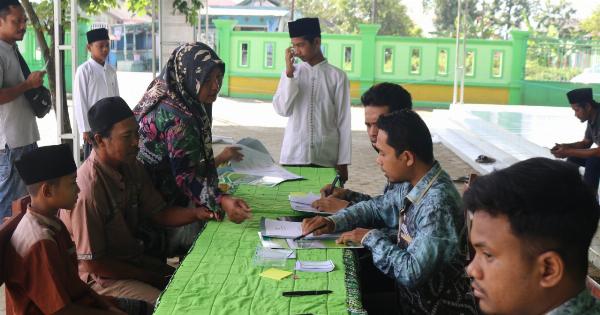World Contraception Day is commemorated globally every year on September 26th. It is a day set aside to create awareness on contraceptive methods and their importance in family planning.
The day was first observed in 2007 and has since then gained traction by advocating for women’s reproductive health rights and choices. The theme for World Contraception Day 2019 is “It’s your life, it’s your future, know your contraceptive options”.
Importance of Family Planning
Family planning is a crucial aspect of reproductive health and is an essential human right. It allows individuals to make informed choices on when to have children, the number of children to have, and the spacing in between them.
Access to family planning services can help reduce maternal and infant deaths due to complications arising from unintended pregnancies and unsafe abortions.
Contraceptive Options
There are several contraceptive options available to both men and women. Here are some of the most common contraception methods:.
1. Oral Contraceptive Pills
Oral contraceptive pills (OCPs) are used by women to prevent pregnancy by inhibiting ovulation. They are available in two types: combination pills and progestin-only pills.
Combination pills contain estrogen and progesterone hormones, while progestin-only pills contain only the progesterone hormone.
2. Intrauterine Devices (IUDs)
An IUD is a small T-shaped device that is inserted into the uterus to prevent pregnancy. It can be hormonal or non-hormonal and can offer protection for up to 3-10 years depending on the type of IUD used.
3. Condoms
Condoms are one of the most widely used contraception methods and are readily available both in male and female forms. They provide protection against sexually transmitted infections (STI) and HIV, as well as prevent pregnancy.
4. Implants and Injections
Implants and injections are long-acting contraceptive methods that require little or no daily attention. The implants are small, flexible rods that are inserted under the skin of the upper arm, while the injections are taken every three months.
5. Sterilization
Sterilization is a permanent contraceptive method for both men and women. For women, it involves blocking the fallopian tubes, while for men, it is done through a vasectomy.
Sterilization is invasive and should be considered only when a person is sure they do not want any children in the future.
Barriers to Accessing Contraceptive Services
Despite the importance of contraception, many people still face barriers when accessing contraceptive services. These barriers include:.
1. Lack of Information
Many people, especially those in rural areas, may not have accurate information about contraceptive methods. They may also hold cultural and religious beliefs that hinder them from seeking such services.
2. Cost
The lack of affordability of contraceptive options is a major barrier to accessing contraceptive services. In many countries, contraceptives are not covered by health insurance plans, and out-of-pocket costs can be too expensive for many people.
3. Stigma
There is still a lot of stigma associated with contraceptive use, especially for women. Some people hold views that contraceptive use promotes promiscuity and goes against traditional values.
4. Lack of Access to Services
Some people may live in areas where contraception services are not available, or the nearest facility is too far to access. This is especially true in rural and low-income areas.
Steps to Improving Access to Contraceptive Services
Improving access to contraceptive services requires a concerted effort from all levels of society. Here are some steps that can be taken to improve access to contraceptive services:.
1. Education and Information
Providing accurate information on the importance and benefits of contraception can help dispel myths and encourage people to seek contraceptive services.
2. Affordability
Providing affordable contraceptive options, either through subsidies or insurance coverage, can help reduce the financial burden of accessing contraceptive services.
3. Addressing Stigma
Addressing the stigma associated with contraception use is crucial in promoting their use. This can be done through community education and awareness campaigns.
4. Improving Accessibility
Increasing the availability of contraceptive services in rural and low-income areas can help improve access to these services.
This can be achieved by establishing mobile clinics or increasing the number of health facilities that offer contraceptive services.
Conclusion
Contraception is a crucial aspect of reproductive health and an essential human right. It enables individuals to take control of their lives by making informed choices on when, how many, and the spacing of children they want.
Improving access to contraceptive services requires a multi-sectoral approach that seeks to address barriers and promote the importance of contraceptive use.





























